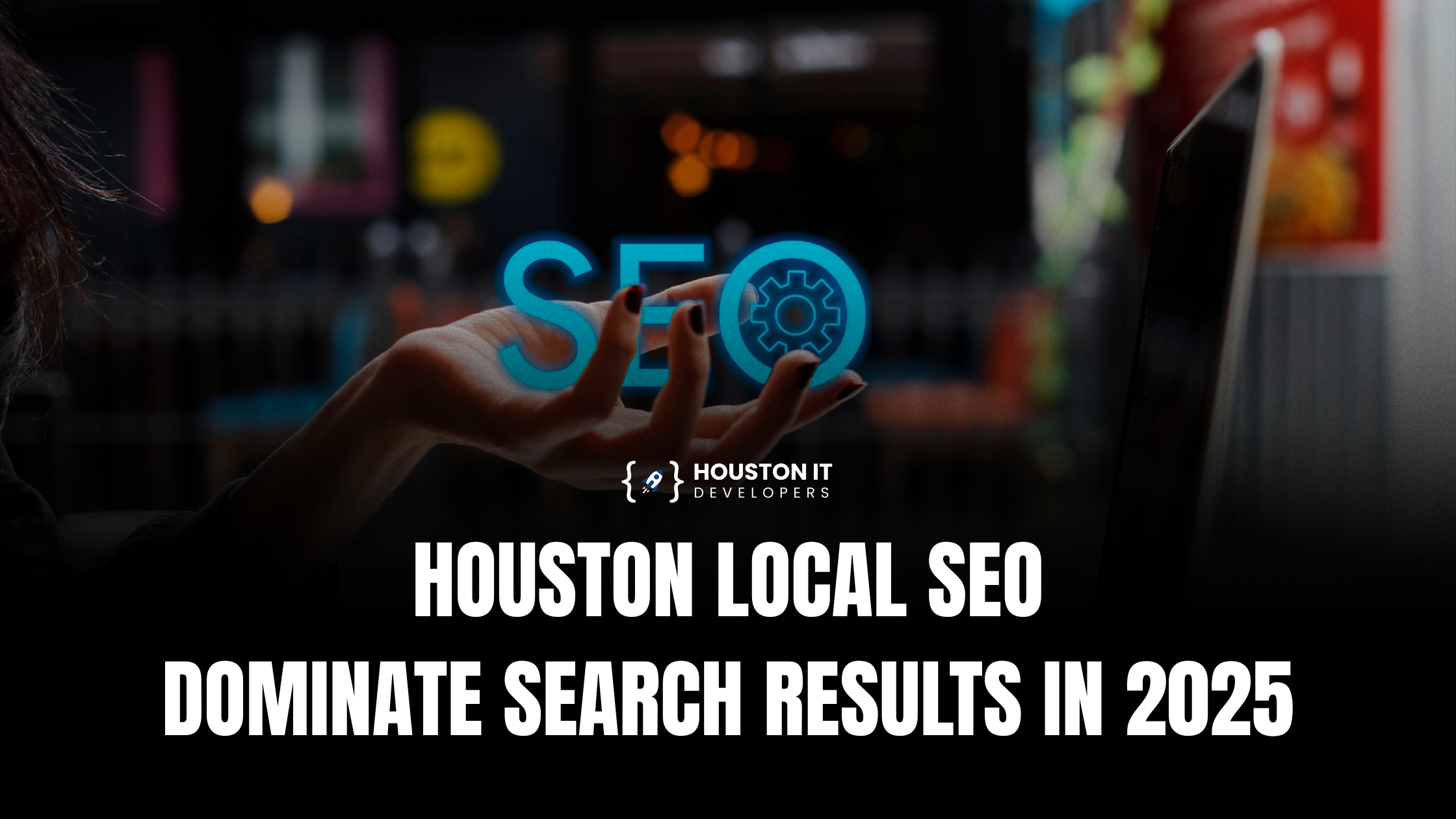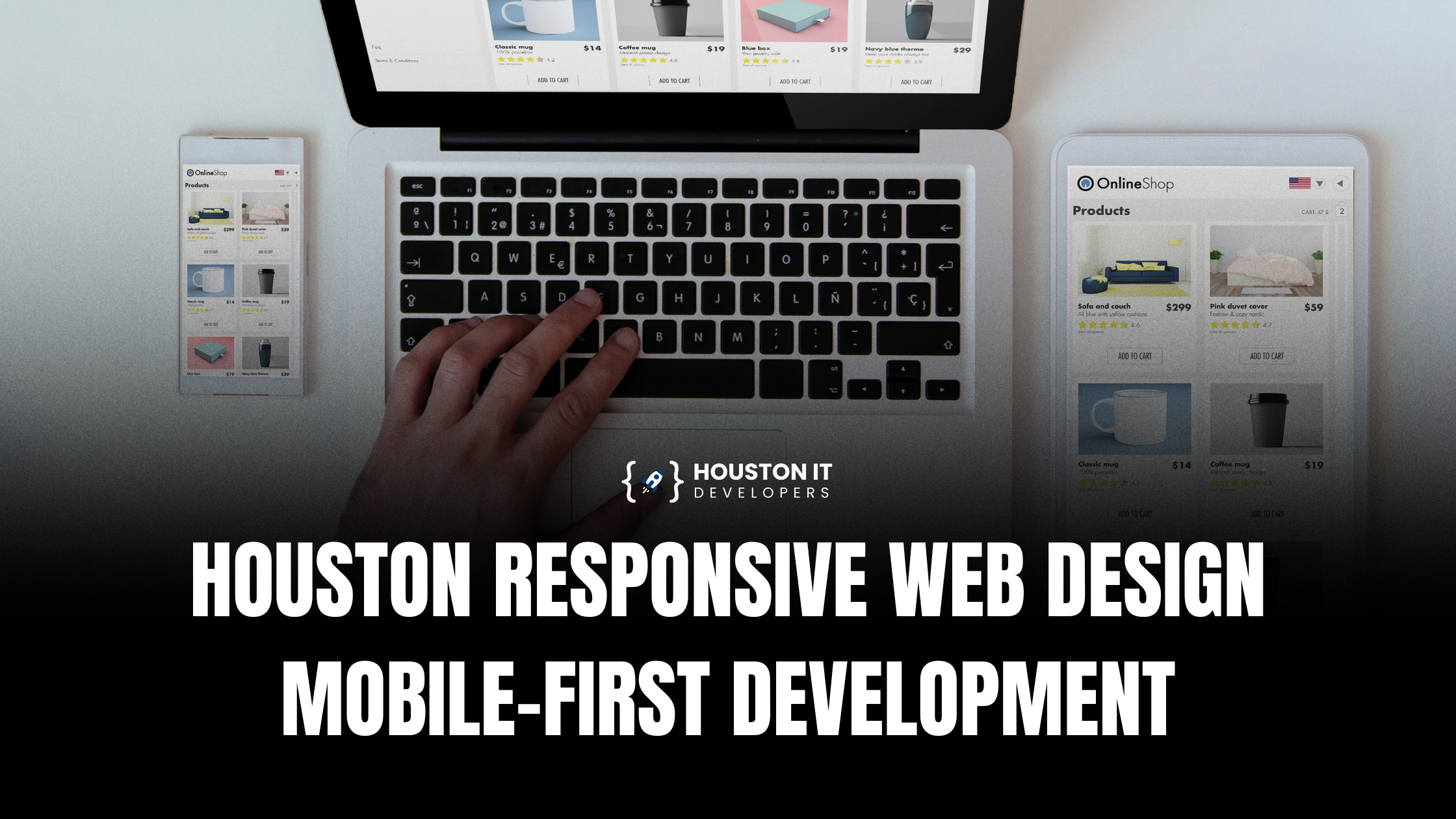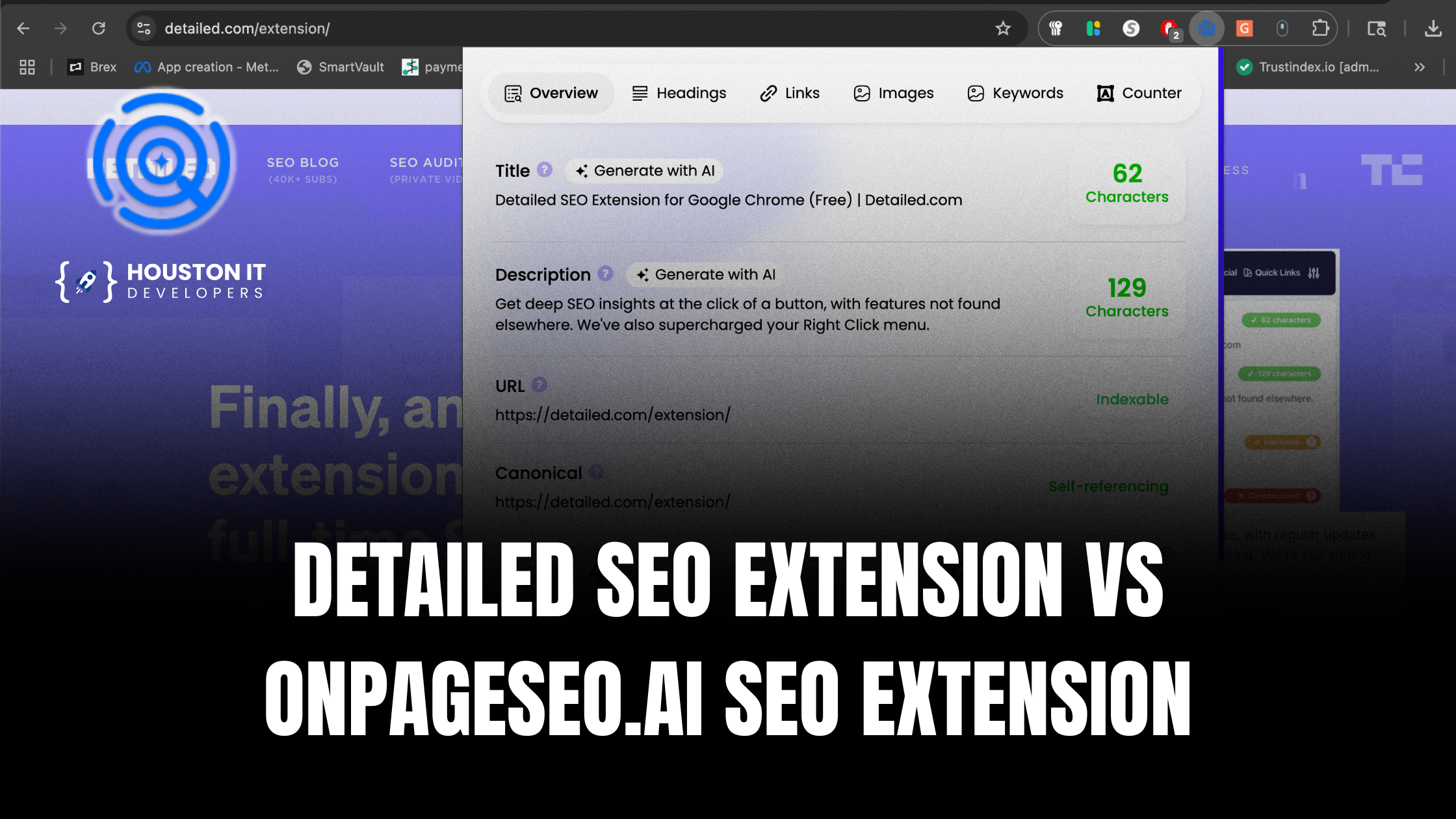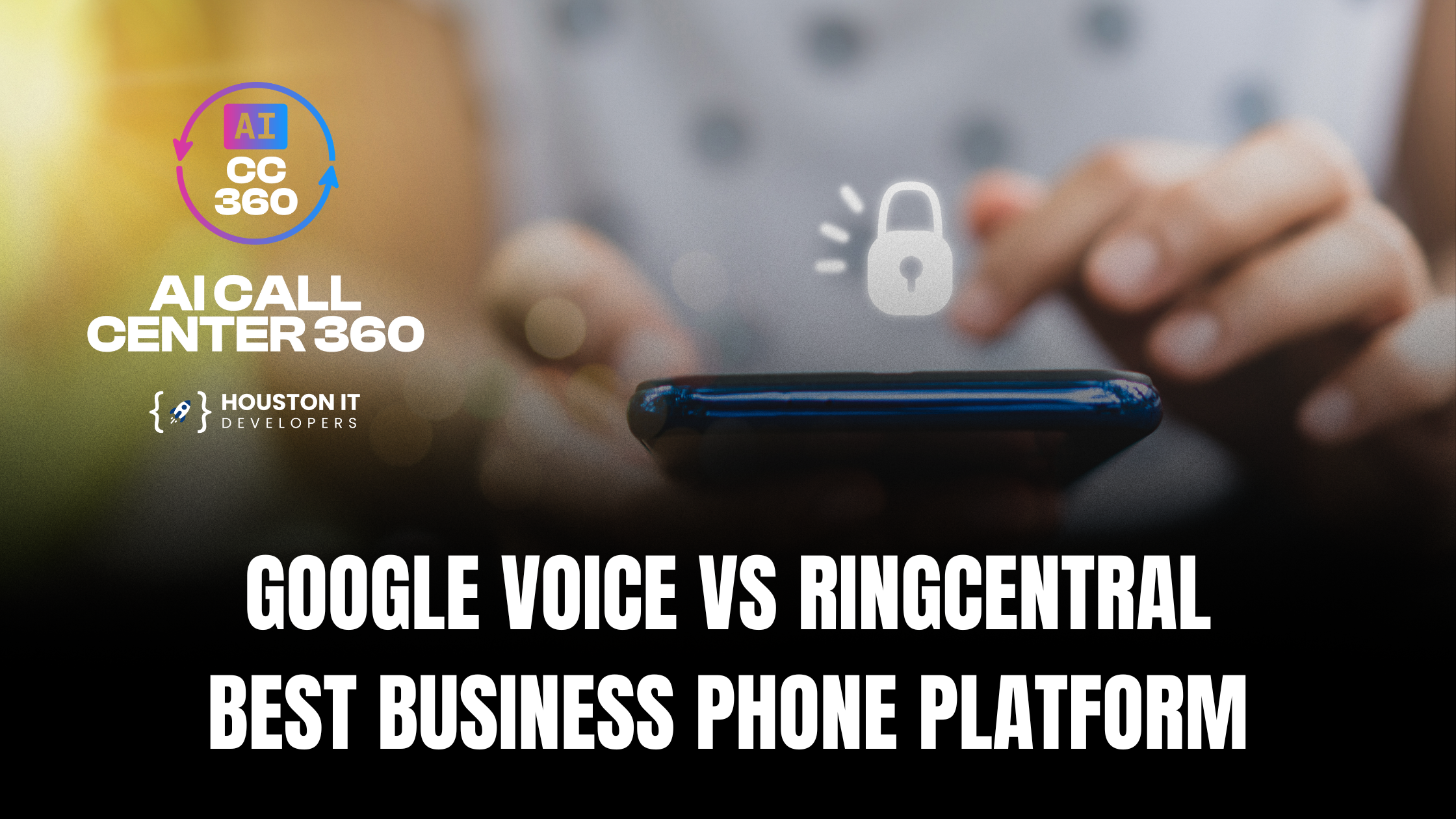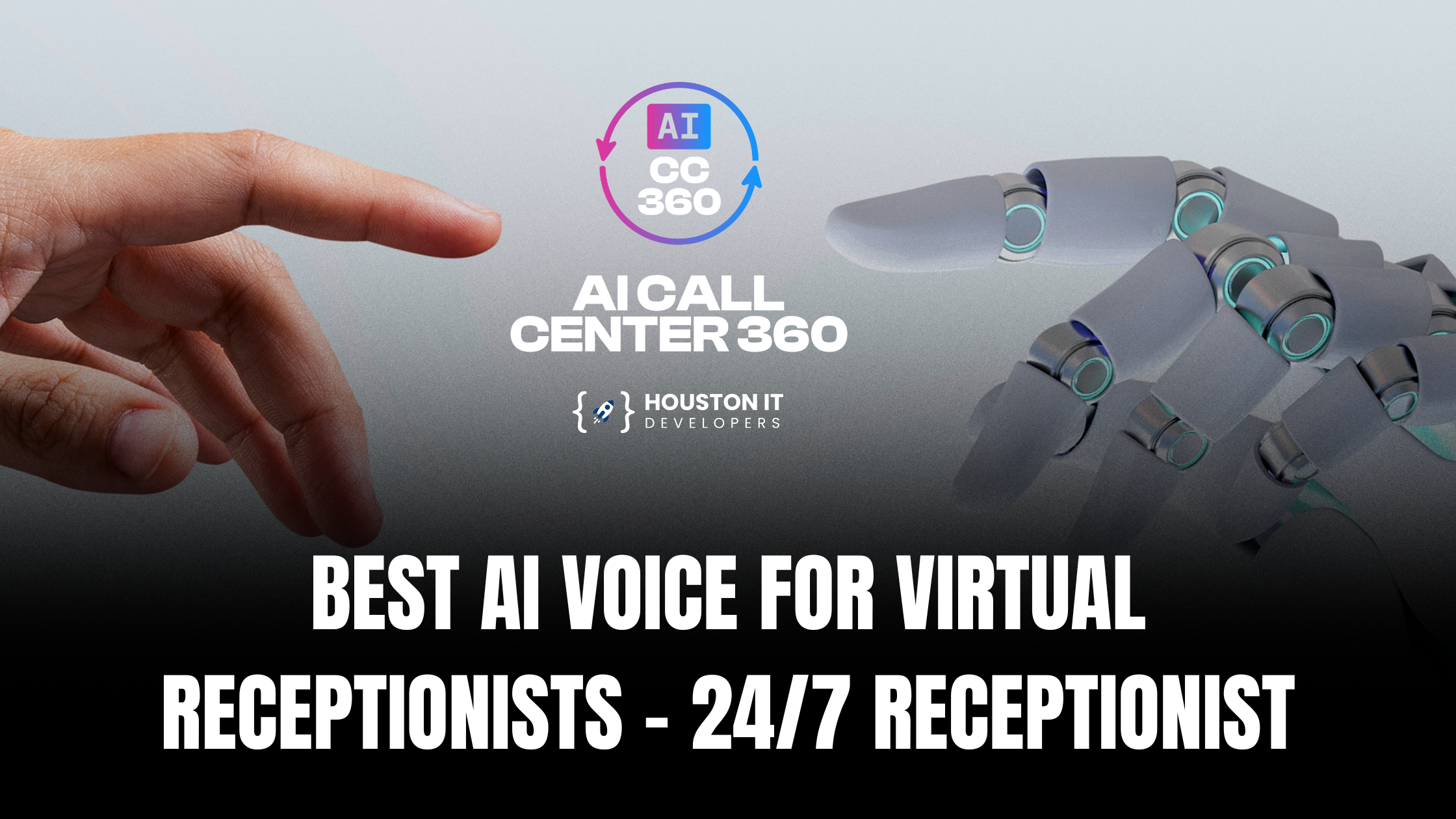Have you ever known the difference between UI & UX? Yes, well they both are different. Even professional designers and an expert might get confused about the difference between UI & UX. User Experience and User Interface are some of the most misinterpreted phrases in the field.
It isn’t some obscure language about which you can’t learn anything. Others do not use terms like “excellent UX” or “poor UI” or wouldn’t search for the best UI/UX design services provider when describing a design. These terms are used to describe the two most significant factors that determine whether a website is successful or not.
You’ve come to the right site if you want to learn what the two terms signify and how they differ.
Let’s start with a definition of these two concepts.
UI
The user interface, or UI, refers to how users interact with a design, digital product, or service. Sounds, lights, screens, keyboards, and actions are all included in this category.
We should go back to the beginning to properly grasp it.
When utilizing a computer in the 1970s, users used a command-line interface. It all started with the programming language and those perplexing lines of code that are now necessary to execute even the most basic of jobs. Soon later, a revolutionary breakthrough called the first graphical user interface revolutionized technology. People could interact with computers through icons, menus, and buttons from this moment forward.
The computer revolution officially began at that point. Since then, designers have focused all of their efforts on designing user-friendly interfaces. Their items would not sell if they did not do this.
The role of the UI designer is more ubiquitous and demanding now that technology has gone beyond anyone’s projections in the past. They also have fantastic opportunities to create new designs and enhance the interface with modern technology. But they would never be successful without a positive user experience.
UX
User experience, or UX, has progressed in lockstep with UI advancements. It’s about how people feel about technology encounters, whether they’re positive, neutral, or bad. Naturally, successful designs are those that provide people with a positive experience.
The term “user experience” was coined in the 1990s by Don Norman, an Apple cognitive scientist at the time, who described it as follows:
All aspects of a customer’s engagement with a business, its services, and its items are referred to as ‘user experience.’
It is currently regarded as a pretty broad concept, yet it encompasses everything UX does – because it affects the design so much. This word encompasses any encounter people have with the design of a product or service, whether digital or not.
To put it another way, UX is all about:
- How does your customer think about your products and services?
- What activities do people do when using your interface?
- The main point is how they are feeling while using your website or app.
- Once the interaction is over, they form impressions.
A UX designer’s job is to make sure that the design fits the needs of customers and that they get the desired result in the simplest, most frictionless way possible.
Because neither UX nor UI can exist without the other, professional website design services providers must understand the differences between the two.
Difference between UI & UX
At its most basic level, the user interface (UI) refers to all of the elements that allow users to engage with the service or product in question. On the most fundamental level, UX is what that same user gets out of the encounter. Both have a significant impact on user behavior – and the design’s future.
Take one basic example to explain everything. We’re all familiar with and fond of Google; it’s where we go for information. The creators of this search engine knew exactly what they wanted to do: provide a straightforward location where users could find what they needed. With this engine, you can find out almost anything you need to know in the blink of an eye.
But what if getting that knowledge every time you want to learn anything takes too long? Would you be willing to keep searching if it took 20 seconds to acquire your results?
Google has a fairly plain and easy layout, which is why customers seeking information prefer it. It’s as easy as it gets: you open it, type what you’re looking for, then hit search. Users’ experiences would be poorer if the interface remained the same but it took too long to acquire information.
In his piece, web developer Miller writes, “UI is the saddle, the stirrups, and the reins.” “UX is the feeling of being able to ride a horse.”
These two terms may not be synonymous, but they do go together. There is no one without the other. To have UX, you require UI and vice versa. This is why, even if they specialize in one, a great designer possesses both UX and UI talents.
How do they work together?
Now that you understand how they differ, it’s time to learn how to combine them to attain your objectives.
It begins with the effort of the UX designer. From beginning to end, the designer considers the user’s path. He considers the processes users take to solve a problem, the activities they’ll be required to perform, and how they feel and behave while doing so.
Most of the time, UX designers investigate and characterize user pain points to determine the best techniques for improving their experience. All of this is based on significant user research that identifies the target audience, current and previous user behavior, and predictions on how to make them happier.
Many people wonder, “Which is more important?” None, to be precise. Both are quite important in the design process. If the design is attractive but difficult to use, the UX is poor but the UI is excellent. It’s the polar opposite when a design is usable but looks disastrous. Neither of these scenarios is ideal.
Even if a product functions well with only one of these factors optimized, consider how much better it would be if it could optimize both.
The foundation of both UI and UX design is research. It is a crucial step for both parties and determines the product’s success. UX and UI professionals must collect a large amount of correct data for a product to be successful. This data will reveal what the user desires or anticipates from the product, as well as how they desire it.
Insight into the user’s expectations and demands can be gained through research, analytics, and testing utilizing tools. Designers can make more educated and safe decisions based on this information.
How do UX specialists conduct their research?
User or target persona research, conducting user interviews and surveys, or employing focus groups to obtain information are some of the approaches utilized to acquire the necessary information.
What about the research of UI designers?
UI designers will collaborate closely with UX specialists to review research findings, gain a better understanding of the target audience, and make educated judgments on fonts, colors, visual elements, patterns, and other design elements.
Now you know the difference
Hopefully, by now, you’ve grasped the distinction between UI and UX design. Even while they go hand in hand and are necessary to the product, they are distinct. Whatever path you take, you should learn everything you can about the other and collaborate with the best firm like Houston IT Developers to get the best for your firm.


